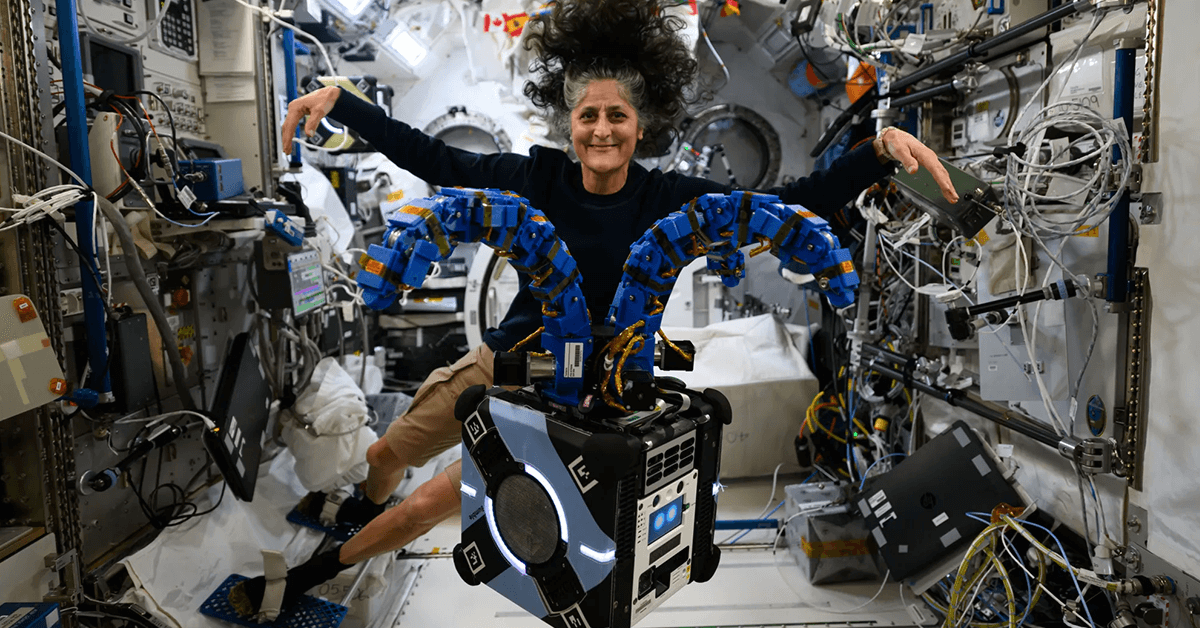NASA is soliciting proposals from private contractors capable of operating the International Space Station’s Astrobee robotic system. The solicitation seeks a commercial partner to run the system’s three cube-shaped robots, including their sustainment engineering and utilization, NASA said Thursday.
The agency’s Announcement for Partnership Proposals for Astrobee’s operations, which was posted on SAM.gov, followed a NASA request for information issued in August on commercial capabilities for the robotic system.
Table of Contents
Requirements of the Solicitation
NASA wants proposals from private contracts capable of providing ground-based testing, equipment and needed laboratory space. The agency seeks a partner who will take responsibility of the Astrobee system throughout the operational life of the ISS. Astrobee’s commercial operator will also set milestone objectives and ensure the system’s continuing technology development to support future commercial space initiatives. The deadline for proposal submissions is on March 21.
Eugene Tu, director at NASA’s Ames Research Center, which led the Astrobee project, expressed excitement on a commercial partnership in the robot system.
“Astrobee has been a beacon for robotic and autonomous research in space for many years, working with academia and industry partners across our country and internationally,” Tu noted.
Ground-Based Operational Control
The ISS incorporated the Astrobee system in 2019, with its three free-flying robots — Bumble, Honey and Queen — working autonomously or managed by ground-based operators. It operates as one of the systems for routine ISS duties, such as documentation, to enable astronauts to focus on more complex work and experiments.
In 2021, NASA tested the Integrated System for Autonomous and Adaptive Caretaking software on Bumble for flight navigation in the ISS and detected a simulated ventilation jam. Other experiments performed with the Astrobee robots have included testing mechanical adhesive technology and mapping the station.





